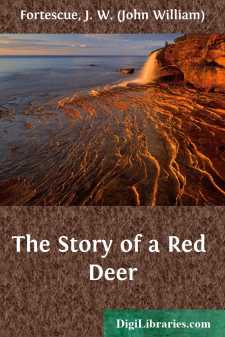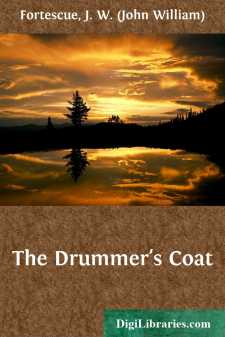Categories
- Antiques & Collectibles 13
- Architecture 36
- Art 48
- Bibles 22
- Biography & Autobiography 813
- Body, Mind & Spirit 142
- Business & Economics 28
- Children's Books 14
- Children's Fiction 11
- Computers 4
- Cooking 94
- Crafts & Hobbies 4
- Drama 346
- Education 46
- Family & Relationships 57
- Fiction 11829
- Games 19
- Gardening 17
- Health & Fitness 34
- History 1377
- House & Home 1
- Humor 147
- Juvenile Fiction 1873
- Juvenile Nonfiction 202
- Language Arts & Disciplines 88
- Law 16
- Literary Collections 686
- Literary Criticism 179
- Mathematics 13
- Medical 41
- Music 40
- Nature 179
- Non-Classifiable 1768
- Performing Arts 7
- Periodicals 1453
- Philosophy 64
- Photography 2
- Poetry 896
- Political Science 203
- Psychology 42
- Reference 154
- Religion 513
- Science 126
- Self-Help 84
- Social Science 81
- Sports & Recreation 34
- Study Aids 3
- Technology & Engineering 59
- Transportation 23
- Travel 463
- True Crime 29
J. W. (John William) Fortescue
Sir John William Fortescue (1859–1933) was a British historian and librarian, best known for his works on British military history. He authored the multi-volume "A History of the British Army," which became the definitive account of Britain's military past. Fortescue also wrote "The Story of a Red Deer," a popular children's book. He served as the Royal Librarian at Windsor Castle from 1905 to 1926, contributing significantly to the preservation and organization of royal documents.
Author's Books:
Sort by:
CHAPTER I Once upon a time there was a little Red-Deer Calf. You know what a Red-Deer is, for you of all boys have been brought up to know, though it may be that you have never seen a calf very close to you. A very pretty little fellow he was, downy-haired and white-spotted, though as yet his legs were rather long and his ears were rather large, for he was still only a very few weeks old. But he did...
more...
CHAPTER I In a deep wooded valley in the north of Devon stands the village of Ashacombe. It is but a little village, of some twenty or thirty cottages with white cob walls and low thatched roofs, running along the sunny side of the valley for a little way, and then curving downward across it to a little bridge of two tiny pointed arches, on the other side of which stands a mill with a water-wheel. For...
more...



